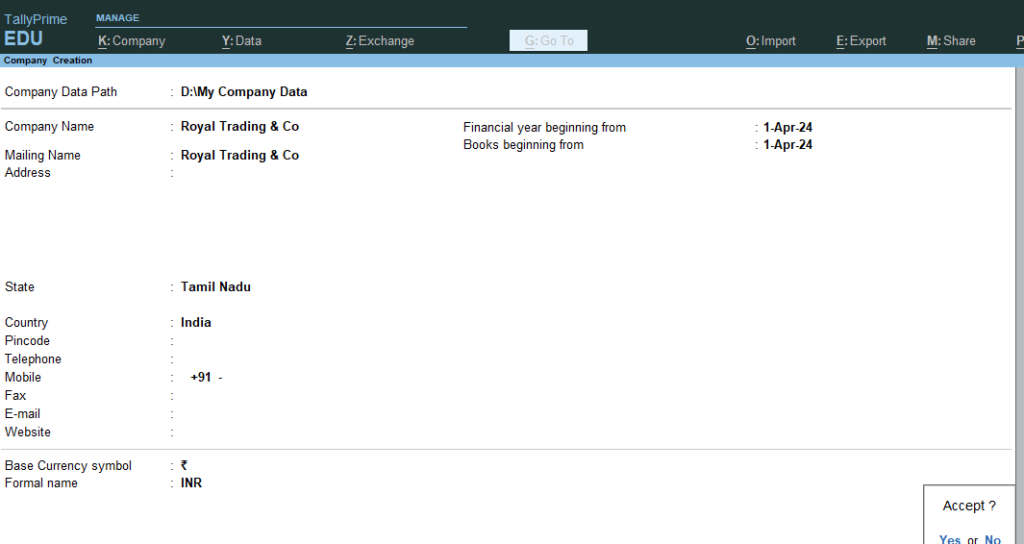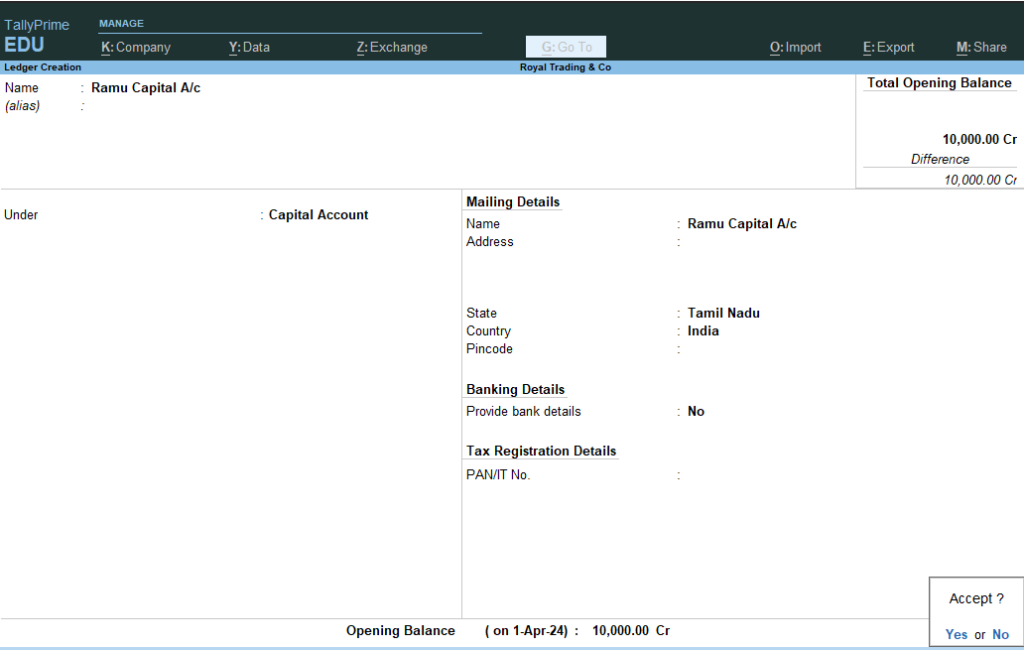Example 1 : Counting from 1 to 5
count = 1
while count <= 5:
print(count)
count = count+1Output :
1
2
3
4
5Example 2 : Sum of Numbers from 1 to 10
count = 1
total_sum = 0
while count <= 10:
total_sum = total_sum + count
count =count + 1
print("The sum of numbers from 1 to 10 is:", total_sum)Output :
The sum of numbers from 1 to 10 is: 55Example 3: Asking for a Password
correct_password = "root1234"
while True:
password = input("Enter the password: ")
if password == correct_password:
print("Access granted!")
break
else:
print("Incorrect password, try again.")Output :
Enter the password: abc
Incorrect password, try again.
Enter the password: root1234
Access granted!Example 4: To Print Even Numbers Between 1 and 10
number = 2
while number <= 10:
print(number)
number = number + 2Output :
2
4
6
8
10Example 5: ATM Withdrawal
balance = 1000
while True:
withdrawal = int(input("Enter amount to withdraw: "))
if withdrawal > balance:
print("Insufficient funds. Your balance is:", balance)
else:
balance -= withdrawal
print("Withdrawal successful. New balance is:", balance)
break Output :
Enter amount to withdraw: 1500
Insufficient funds. Your balance is: 1000
Enter amount to withdraw: 500
Withdrawal successful. New balance is: 500Example 6: Password Retry Limits
correct_password = "securePass"
attempts_left = 3
while attempts_left > 0:
password = input("Enter the password: ")
if password == correct_password:
print("Access granted!")
break
else:
attempts_left -= 1
print("Incorrect password. Attempts left:", attempts_left)
if attempts_left == 0:
print("Too many failed attempts. Access denied.")Output :
Enter the password: wrong1
Incorrect password. Attempts left: 2
Enter the password: wrong2
Incorrect password. Attempts left: 1
Enter the password: securePass
Access granted!












